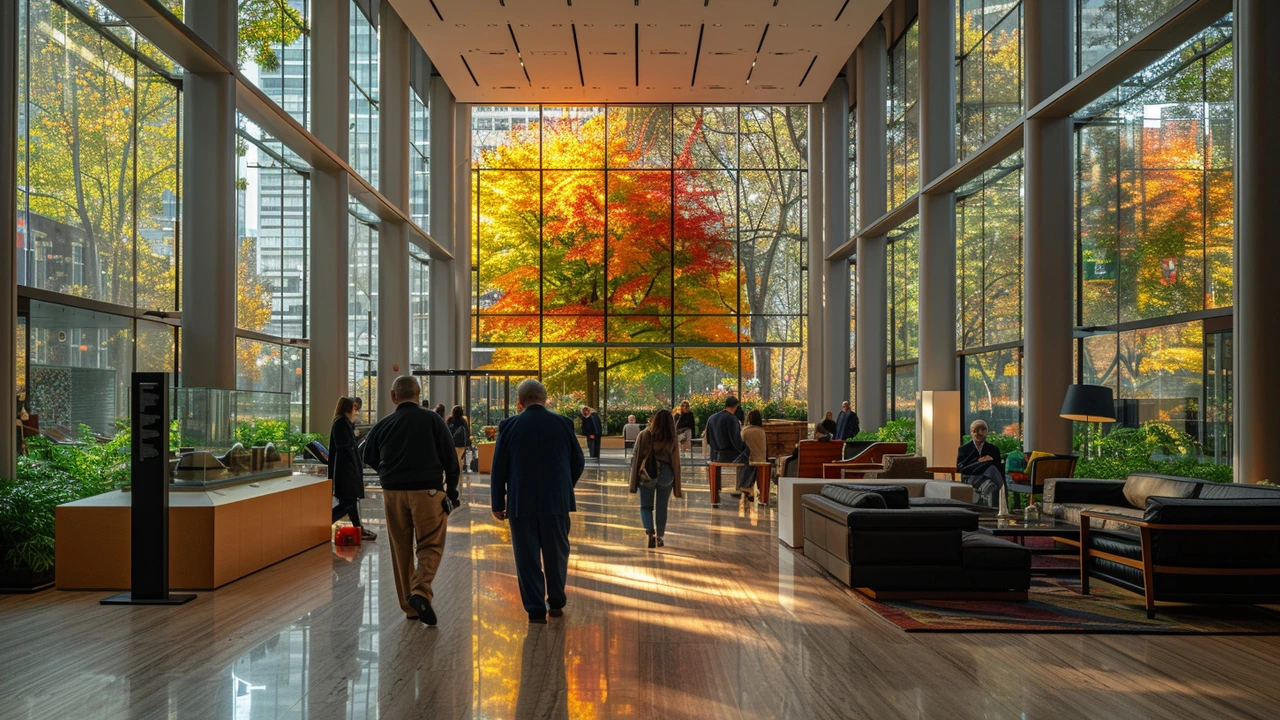Dutch Design Heritage: Practical Ways It Shapes What You See Every Day
Dutch design heritage shows up more often than you think: in the chair you sit on, the poster on your wall, and the clean lines of a modern kitchen. The core idea is efficiency with style—make things work well and look straightforward. That approach came from movements like De Stijl and later mixed with Bauhaus ideas, giving us a simple, geometric look that’s still useful today.
What to look for
Look for geometry first: rectangles, grids, clear axes. Color tends to be limited—think black, white, gray, and one bold color. Materials are honest: wood, metal, glass show what they are instead of hiding under ornament. Function beats decoration; if a piece has a visible joint or a neat hinge, that’s a feature, not a flaw. Those traits make things easier to repair, cheaper to produce, and calmer to live with.
In graphic design, the Dutch influence shows in strict grids and clean type. Posters inspired by De Stijl use blocks of color and clear lines to make a message immediate. In interiors, simple furniture with clever joinery or modular forms helps small spaces feel organized. In public spaces, the same logic pushes planners to design plazas and parks that are easy to read and move through.
How to use Dutch design ideas right now
Want a quick home update? Remove small decorative clutter, pick one strong accent color, and arrange furniture to follow a simple axis—door to window, couch to table. Swap a fussy lamp for a geometric one with visible hardware. For a graphic or a social post, try a tight grid, one sans-serif font, and two colors maximum. In DIY projects, expose a joint or fastener on purpose: it reads honest and intentional.
If you work on city or community projects, aim for clear paths, visible edges, and simple seating. Land art and public installations benefit from Dutch ideas because they need to be obvious and durable. That’s why urban designers often borrow from this heritage when they want a solution that’s easy to understand for everyone.
Curious to learn more? Read our pieces on De Stijl’s impact on graphic design and the various Bauhaus articles on Paul Artistry. They break down real examples, show images, and give hands-on tips for applying these principles. You’ll find practical takeaways, not just history—things you can try in a weekend or pitch at a meeting.
Dutch design heritage is less about copying a look and more about using clarity as a tool. Keep forms simple, put function first, and let structure be visible. Do that and your next project—whether a poster, a chair, or a small park—will feel sharper, calmer, and smarter.

